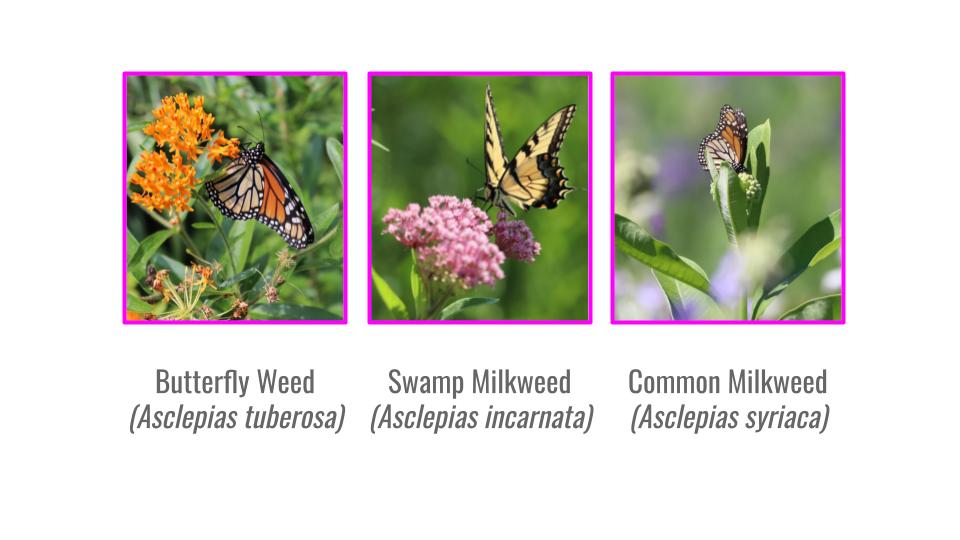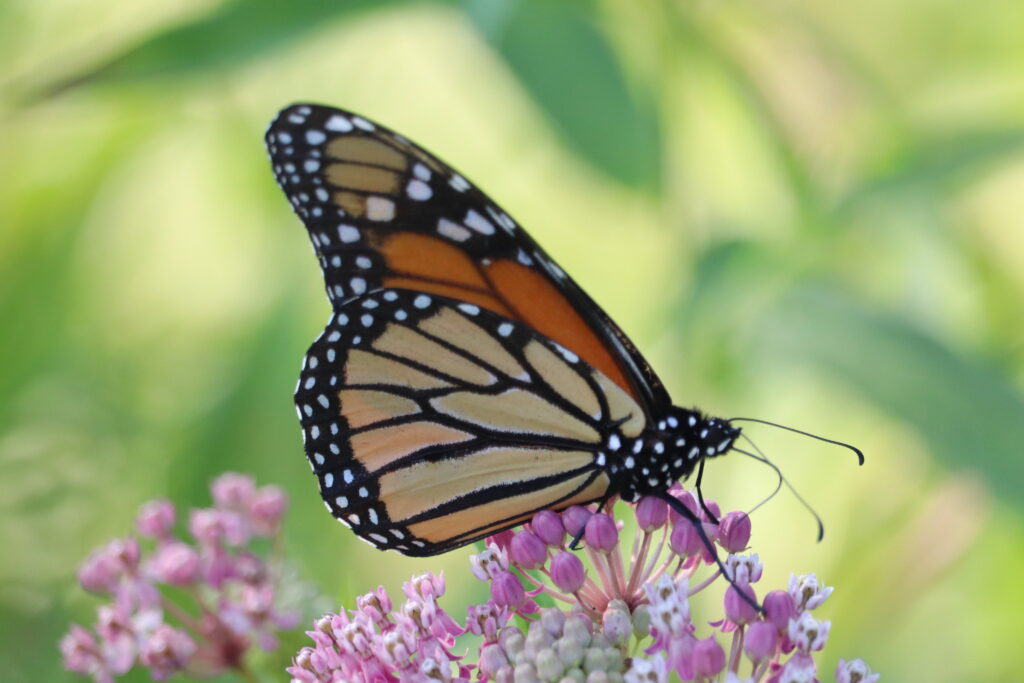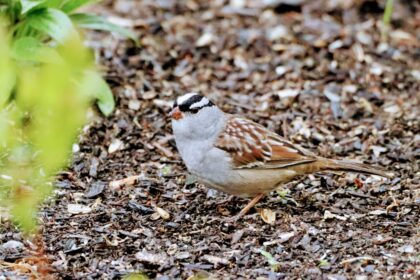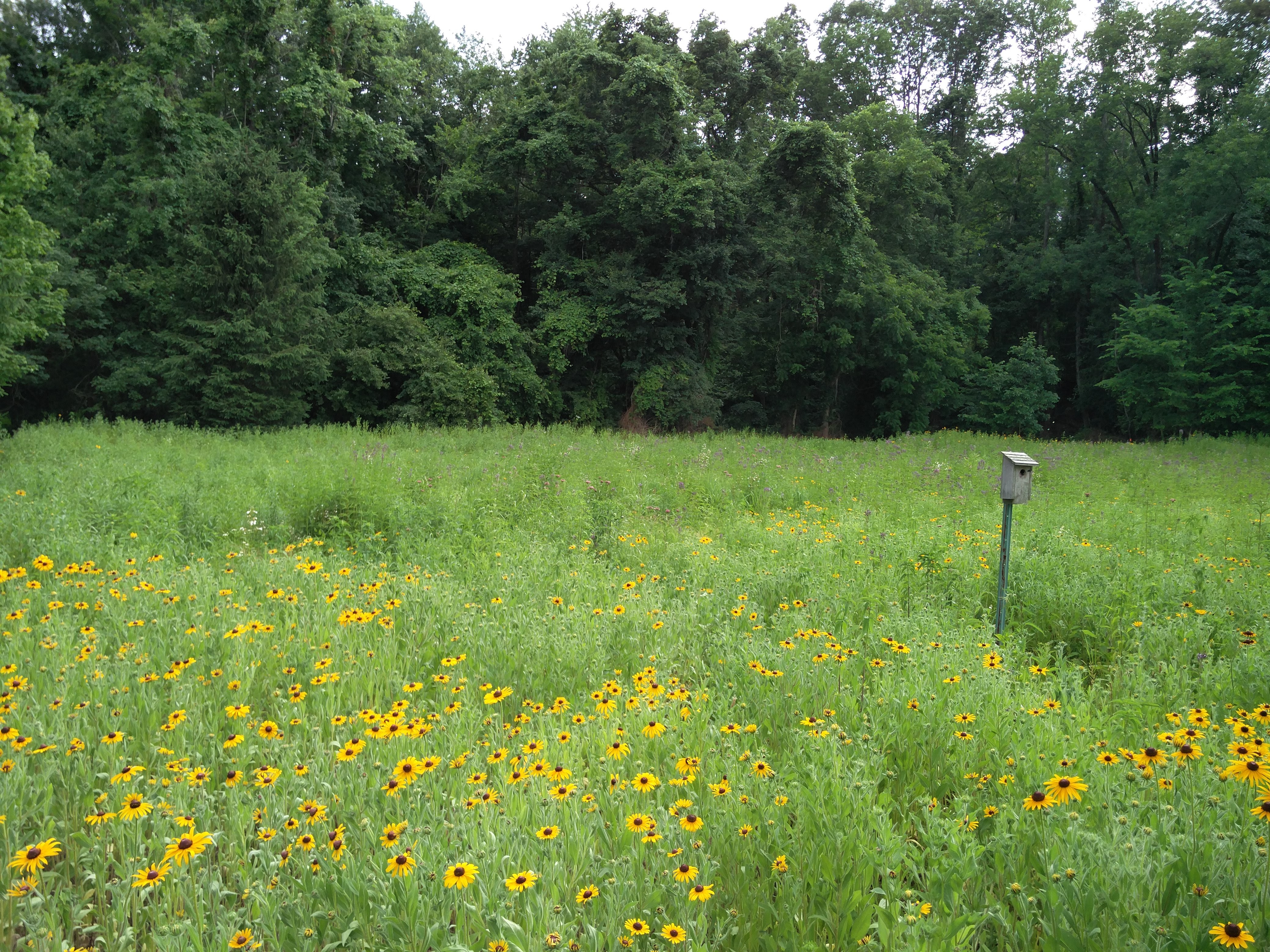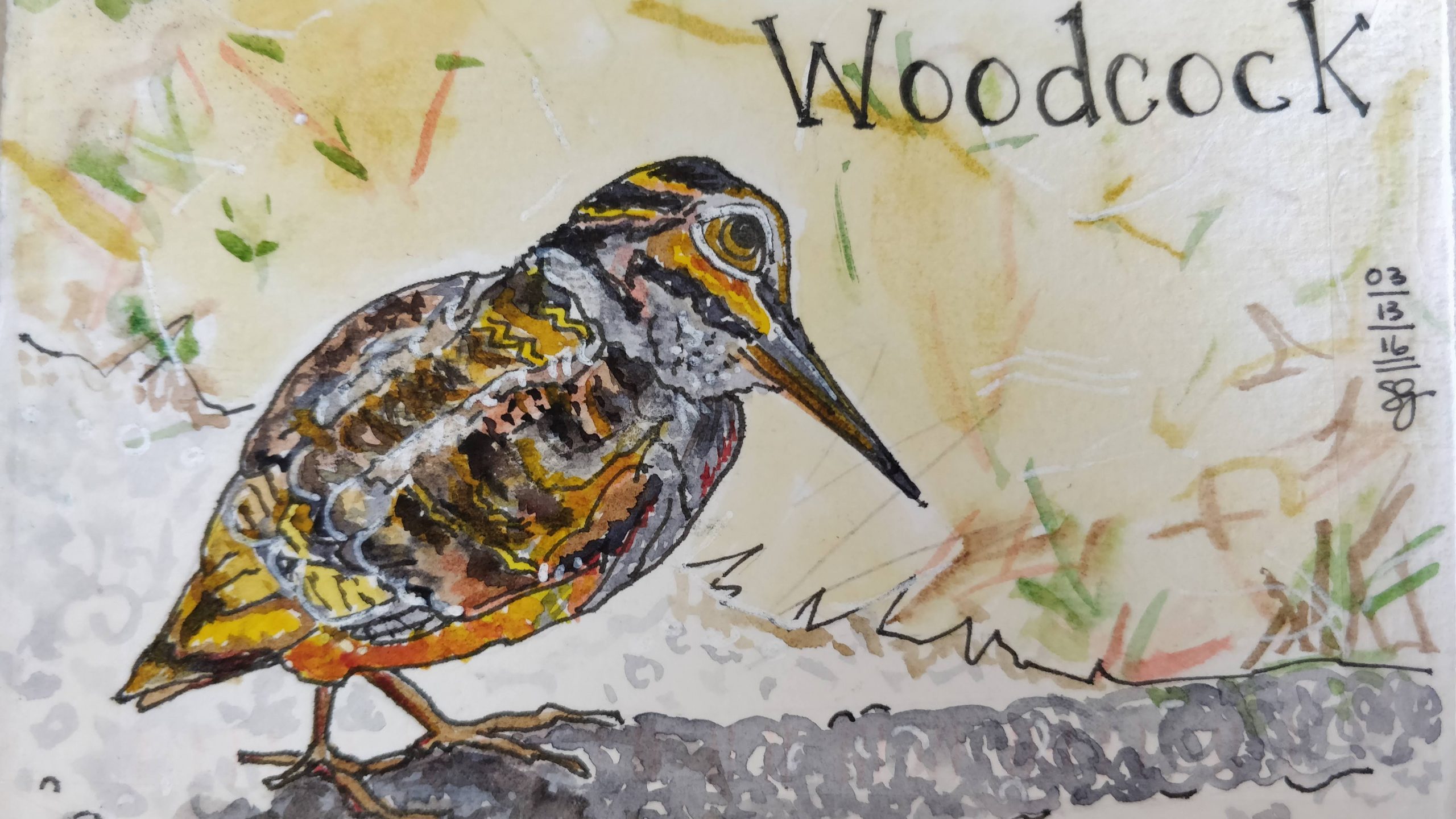Why Milk? Why Weed?
The short answer is this: A plant with leaves that emits a milky white substance when the leaf is broken, and grew easily in farm fields and was labeled a “weed” for its ability to pop up everywhere.
Why is it so important?
The Monarch butterfly can’t live without it.
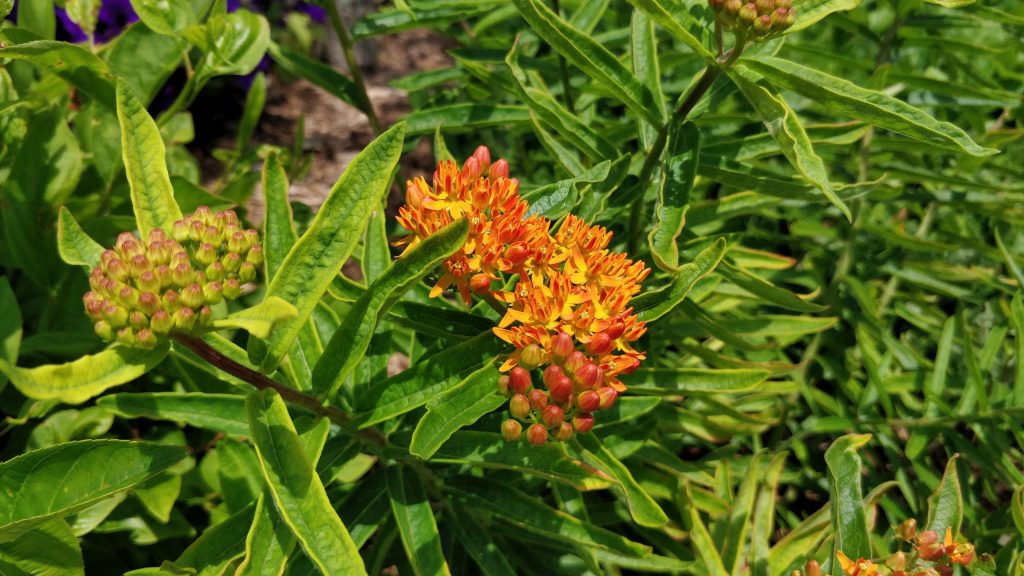
Knowing the differences between types of milkweeds can be a challenge. The diminutive flowers all look about the same, but the leaves, height, and moisture needs of these plants vary quite differently. This post is a quick glimpse of the different types of milkweed. If you would like, you can really get into the details by looking at the taxonomy of Asclepias. But in the efforts of time and simplicity, I am not going to talk about that here.
Northeastern US Native Milkweed Plants
In no particular order, there’s: Butterfly Weed, Common Milkweed, Swamp Milkweed, Showy Milkweed, and Whorled Milkweed and actually hundreds of others. Now, keep in mind, these are milkweeds that are present in the Northeastern United States. There are numerous types of milkweed to learn about and plant as you can see on this extensive list, but this post talks mainly about what I see in and around my home in New Jersey. All milkweed plants benefit the Monarch butterfly and are essential plants for the monarch caterpillar. (See photo below of the Monarch caterpillar). There are two ways for a Monarch to feed, that is, both on the plant (eating the leaves when they are a caterpillar) and in the plant (drinking the nectar as a butterfly).
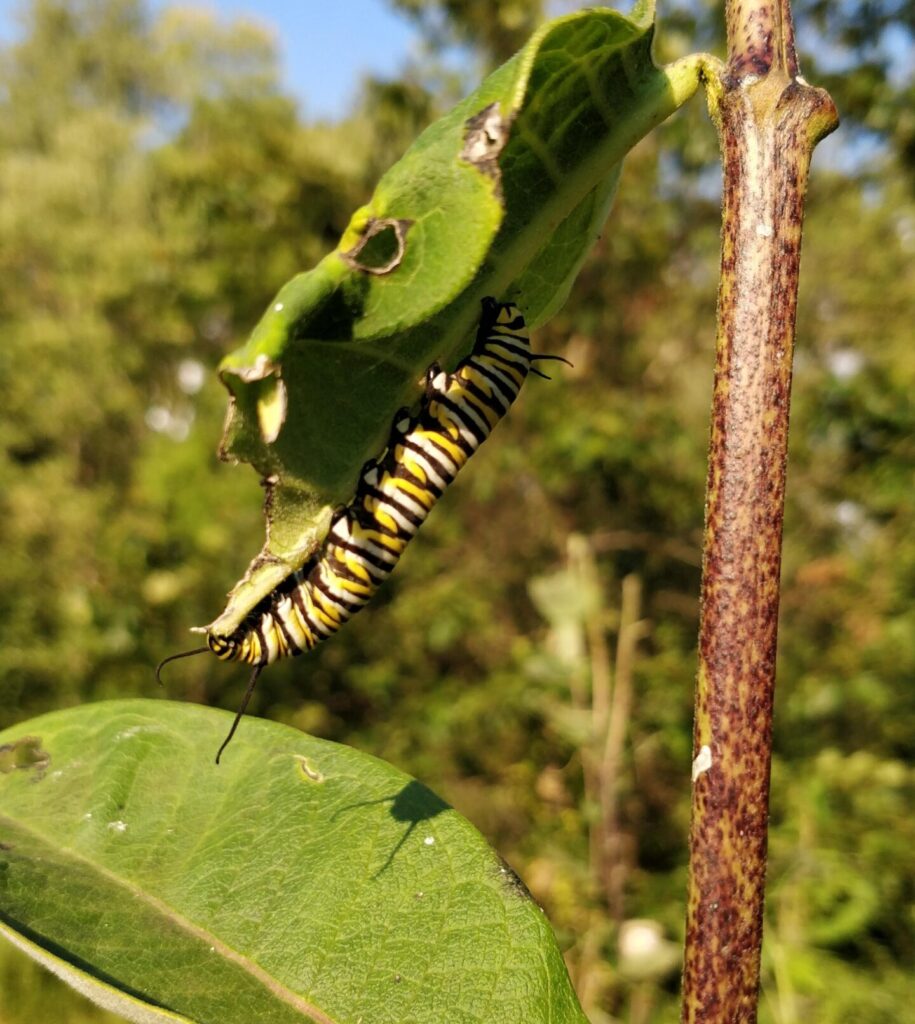
Symbiotic Relationship
Monarchs and milkweed have developed a relationship that in essence, both require each other. Monarchs and milkweeds have co-evolved for a very long time and Monarchs would be even more in decline than they already are if their plight was not so well covered in the news. But while it is important to plant these plants in our gardens, it can be confusing to tell them apart! So here are some specs on how to ID them and what to know if you want to plant them to attract the gorgeous Monarch butterfly to your yard. I also hope that after reading this article, you will be able to understand why having a butterfly bush in your yard will not provide for the entire life cycle of the Monarch butterfly.
Butterfly Weed (Asclepias tuberosa)
This one is easier to pick out of a crowd. It is a vibrant bright orange and does well in full sun. It will not tolerate shade. There is some slight variation in color depending on where you are, but bright orange is the most common. They grow about 1 to 2 feet tall with long, slender leaves and form small clumps. Mine seem to grow the best where there is a little bit of sand mixed into the soil, otherwise known as well-drained soil.
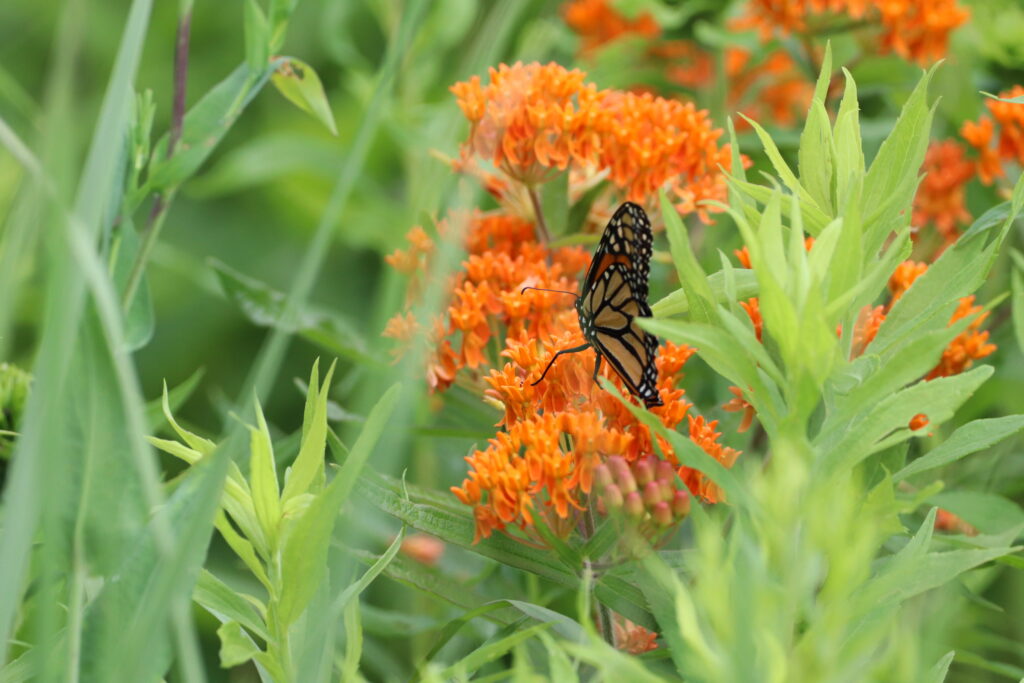

Common Milkweed (Asclepias syriaca)
Often seen poking out of an open field like a plant beacon, common milkweed is found along open fields and even along roadsides and major highways. They thrive best in sunny, moist conditions. When in bloom, the flowers form small ball like clusters. In the photo below, the flowers have already bloomed and are looking a bit spent.
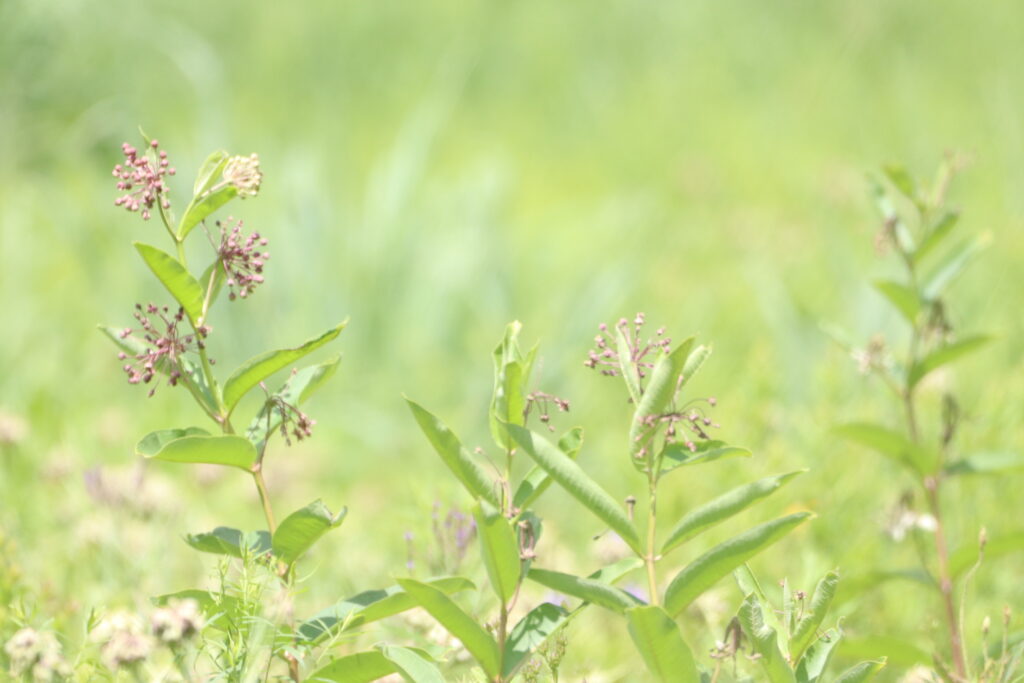
Its long, thick oval shaped leaves are easily recognizable even from a distance. This picture below was taken very early in the summer before the plant bloomed.
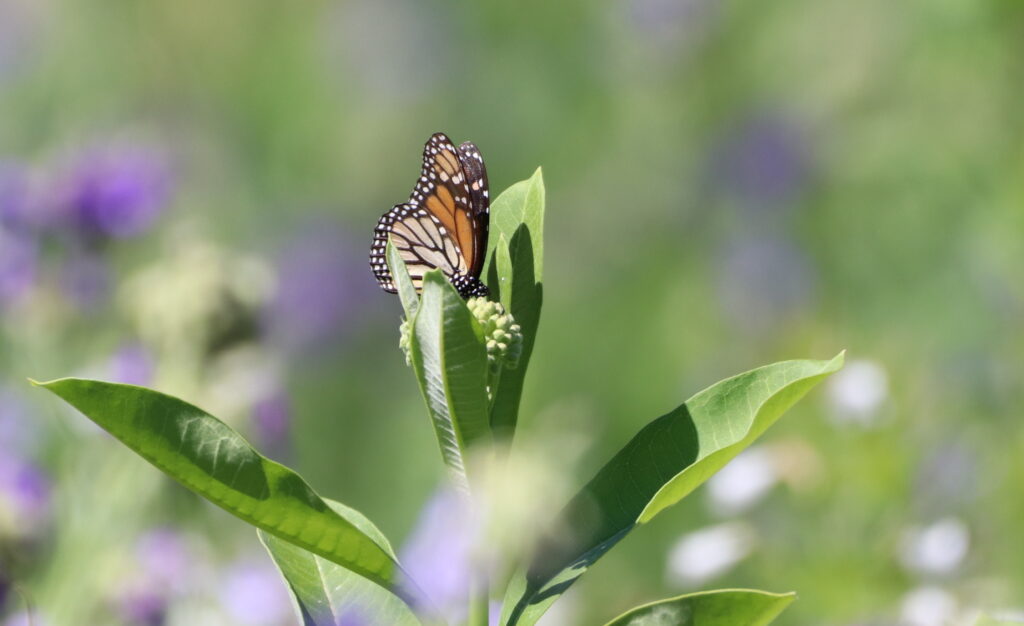
Swamp Milkweed (Asclepias incarnata)
Swamp milkweed should be your go-to if you have wet spots in your garden. Swamp milkweed, rose milkweed, rose milkflower, swamp silkweed, or white Indian hemp, is an herbaceous perennial plant species native to North America. Butterflies and hummingbirds alike love it. It will also tolerate dry areas well, despite what the name implies. We have some swamp milkweed on the outer rim of our rain garden. It grows taller than butterfly weed, but not quite as tall as common milkweed usually.
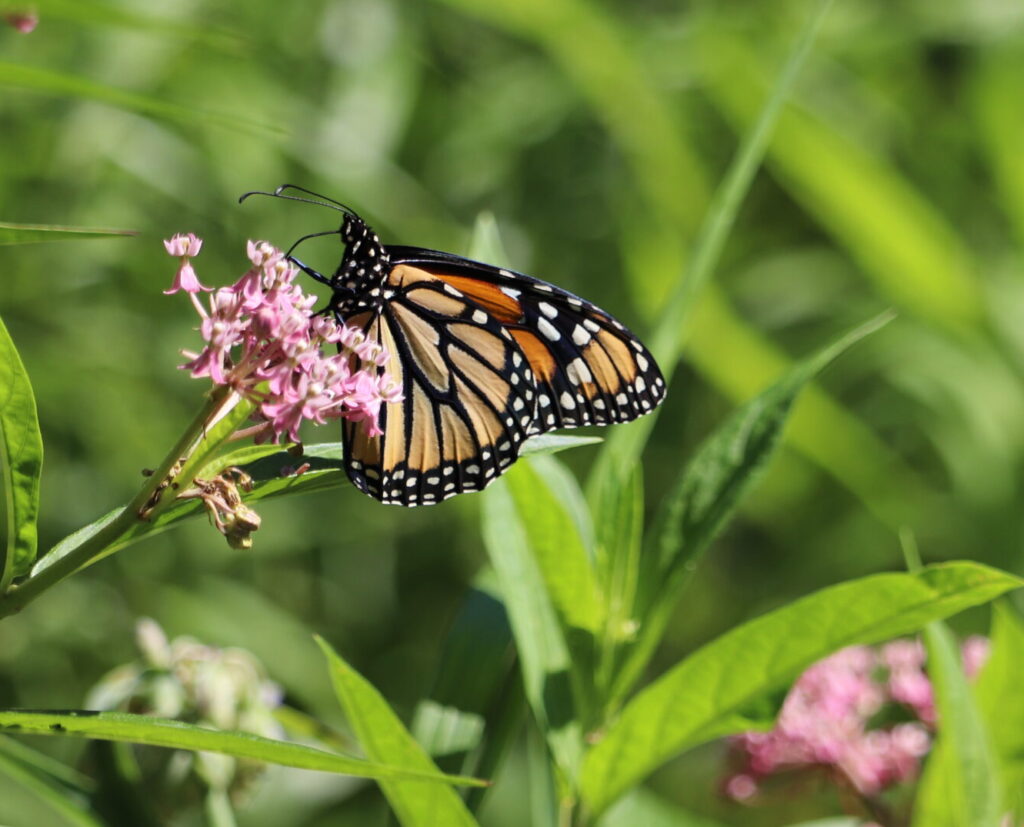
They Rely on Their Host Plant
The larval form of a Monarch, the recognizable yellow and black caterpillar needs milkweed leaves to survive. This is what is known as a “host plant”.
Some butterflies, like the woodland Red-Spotted Purple butterfly can use several plants as their host plant including cottonwood, poplar, and hawthorn trees. The Monarch, only one kind of plant: milkweed. This is one of the reasons native plant enthusiasts discourage the planting of the non-native butterfly bush, (Buddleja [or Buddleia]). You are only helping the butterfly in its current state as an adult butterfly, you are not helping the entire life cycle. In fact, butterfly bushes even outcompete our native plants in the landscape due to their highly successful reproduction rate in seed production and dispersal. Yet, not one native species of caterpillar feeds on the butterfly bush plant.
Fun Fact to Know
A fun fact to leave you with…the Viceroy (Limenitis archippus), is actually more closely related to the Red-Spotted Purple (Limenitis arthemis) butterfly than it is to its exact lookalike, the Monarch. They do not eat milkweed. Note the secondary black wing bar going lengthwise on the wing, which Monarchs don’t have. These twins to the Monarch can also appear just slightly smaller than the Monarch and they do not migrate like the Monarchs do!
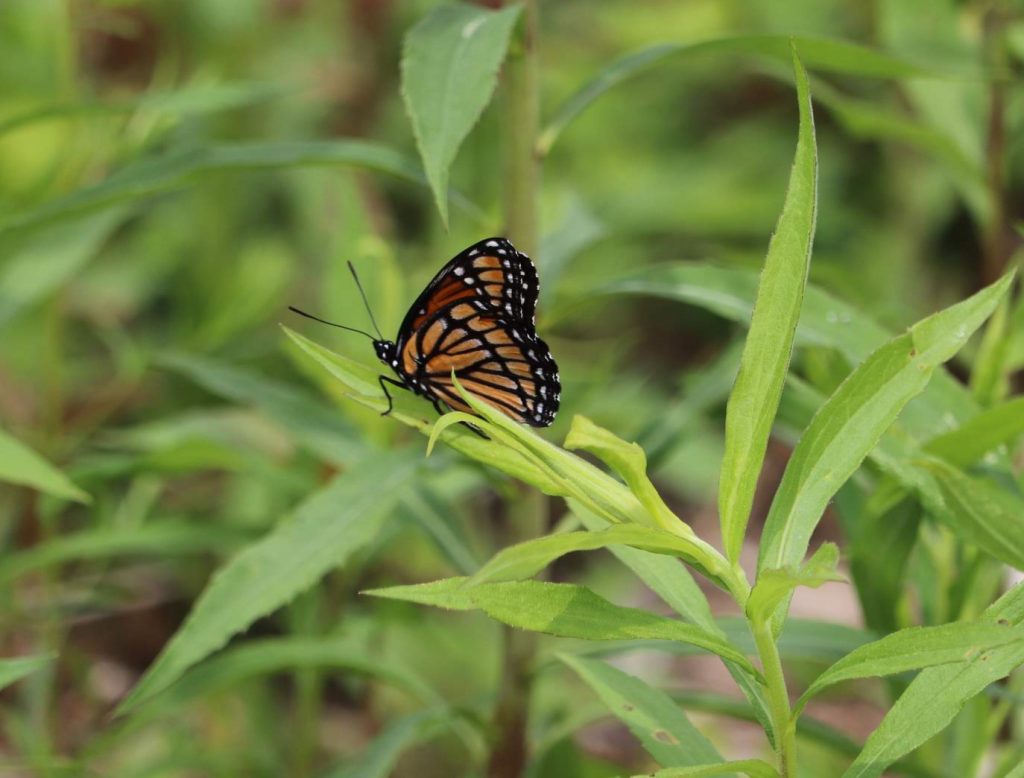
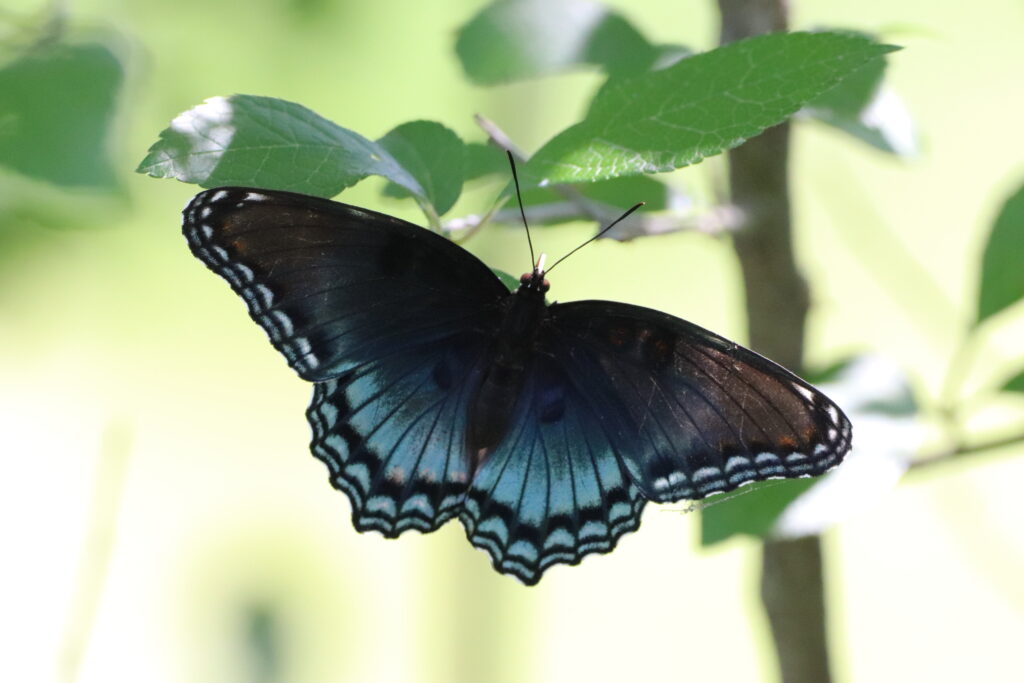
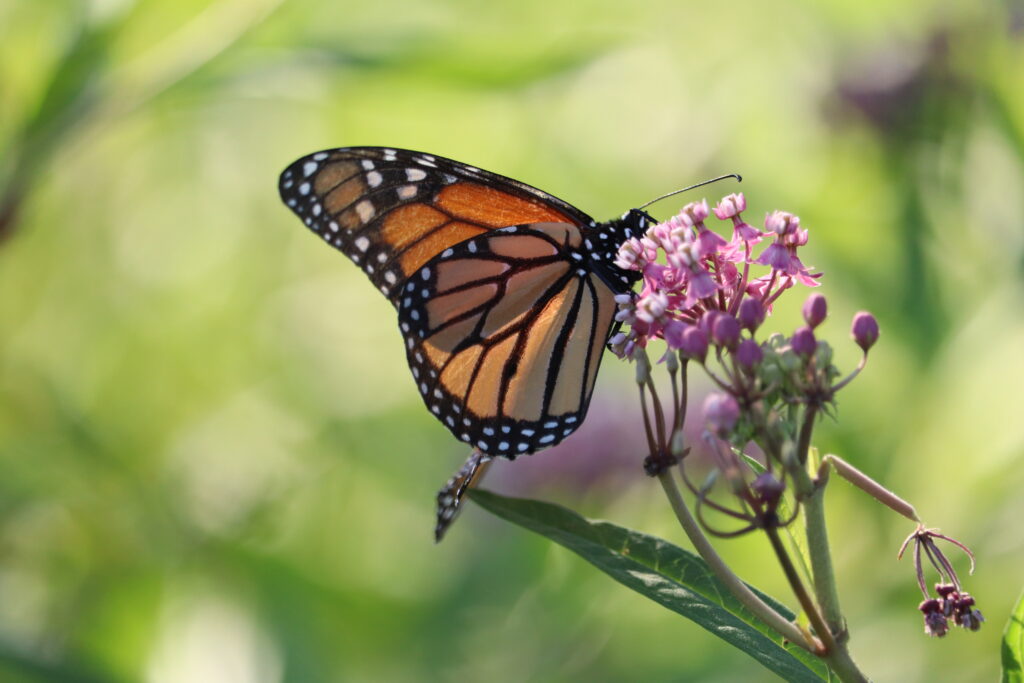
The plants that will benefit the Monarch are those in the Asclipiacedaide classification. So look for those the next time you come across some milkweed in your local native plant nursery. The Monarchs need people like you!!!!

